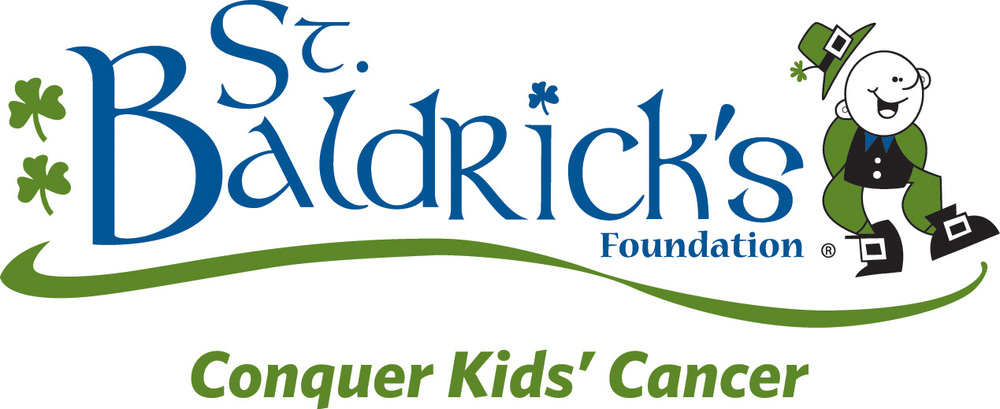The first time I heard the word “cancer” I was about six or seven years old, attentively listening to my mother as she explained my grandfather’s diagnosis. It was lung cancer. He died a little over a year later. The next time the word “cancer” came into my life was right before starting third grade. This time my mother was telling me about her own diagnosis—breast cancer at the age of thirty five; but unlike her late father, she would beat it. As if the violent cycle would never end, the next time I heard the word “cancer” I was in fifth grade. This time it was my aunt, who despite beating breast cancer almost a decade prior, had been told the disease had come back again. We spent all summer upstate with her and her family, supporting her through the chemo, helping her through the restless nights, giving her hope to stay strong—all until she finally beat the sickness as well.
The most recent time I heard the word “cancer” was about two years ago—but this time it wasn’t necessarily a bad thing. Starting in September of 2016, my mother was transferred to another elementary school to teach. Shortly into the school year, the buzz about St. Baldrick’s started up, and my mother was told about the school’s involvement with the organization, learning about a big fundraising day they did every year in which donated baskets were raffled off, students donated hair, and some even shaved their heads all to raise money for research for childhood cancer. Amazed by the sense of community from this event at her school, my mom decided to join in and shave off her hair that very year.
Inspired by watching my mother shave her head and the St. Baldrick’s Foundation itself, I also made the decision to shave off my hair the following year, and plan to participate in the head shaving event for the second time this upcoming March. Despite this being my second year as a shavee, I still get questions on why I would do such a thing and pleads to “just skip this year”; but to me, it is not that simple.
Growing up surrounded by such strong survivors in my life has given me a different perspective. Seeing my mother continue to work and cook and clean and make sure the kids got to school, all while fighting for her life, has shown me a level of human strength that can simply not be described in words. Seeing my aunt lose her hair and rush to the bathroom to cover her bald head in the company of visitors, all while pushing through immense exhaustion and pain, showed me that hair has no value to the person. Rather, her hairless head radiated nothing but beauty and power so great it could hardly be fathomed by the human mind.
With this personal insight on cancer and what it does to the body, it can only be imagined how much strength, wisdom, and courage can be packed into such a tiny body facing the same hardships. That is why the St. Baldrick’s Foundation has become such an important part of my life. With about almost 16,000 children between infancy and 19 years of age being diagnosed with cancer in the United States alone (ACCO), the fact that pediatric cancer is one of the most underfunded cancers—with only 4% of federal funding going towards it (St. Baldrick’s)—is unacceptable.
Not only is childhood cancer research underfunded, but it has greater long term effects than almost any other cancer; meaning that even if a child is cured, it is very likely that they will face even more health problems down the road such as infertility, and even become more likely to die from heart problems or future cancers when they get older. This is why research for pediatric cancer specifically is a necessity. In the same way that you wouldn’t give a child the same menu at a restaurant as an adult, a child cannot simply receive the same treatments and therapies as adults—even if they have the same type of cancer.
Furthermore, this is why organizations like the St. Baldrick’s Foundation depend on civilian support to help. Whether you raise money hands on through fundraisers, shaving your head, or even just by donating $5, all money donated to the foundation aids in bettering the lives for the children of both today and the future that will face childhood cancer. After a donation is made, your money will be used to fund research on new, innovative ways to treat different forms of pediatric cancer through grants, as well as sponsor and support individual children with cancer.
To register for or even create your own head shaving event, simply go to www.stbaldricks.org. At the same website, you can donate any amount you would like, as well as choose to donate in general (either one time or recurring monthly), or look up a specific shave you would like to donate to, with all proceeds going directly to the organization. By working together, one day we will find the cure.
